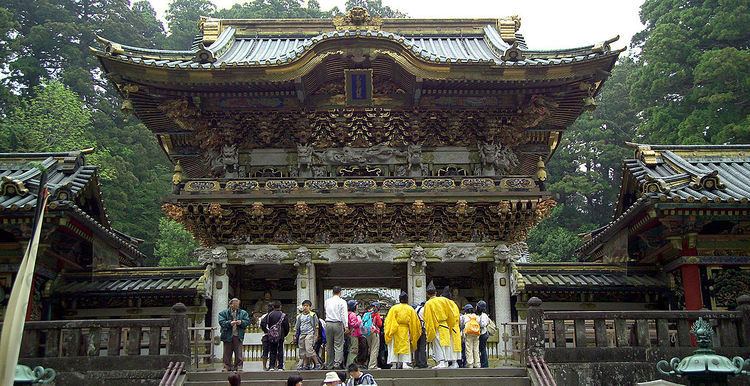 | ||
The Kyōhō reforms (享保の改革, kyōhō no kaikaku) were an array of economic and cultural policies introduced by the Tokugawa shogunate in 1736 Japan, during the Edo period. These reforms were instigated by the eighth Tokugawa shogun of Japan, Tokugawa Yoshimune, encompassing the first twenty years of his shogunate.
Contents
Meaning of name
In the name of the Kyōhō Reforms, "Kyōhō" refers to the nengō (Japanese era name) after Shōtoku and before Genbun. In other words, the Kyōhō Reforms occurred during Kyōhō, a period from July 1716 through April 1736 within the larger (but not a nengō) Edo period. The reforms overlapped somewhat into the next era, which was proclaimed in the year Kyōhō 21 (1736) on the 21st day of the 4th month to mark the enthronement of Emperor Sakuramachi.
Purpose of the reforms
The reforms were aimed at making the shogunate financially solvent, and to some degree, to improve its political and social security. Because of the tensions between Confucian ideology and the economic reality of Tokugawa Japan (Confucian principles that money was defiling vs. the necessity for a cash economy), Yoshimune found it necessary to shelve certain Confucian principles that were hampering his reform process.
The Kyōhō Reforms included an emphasis on frugality, as well as the formation of merchant guilds that allowed greater control and taxation. The ban on Western books (minus those relating or referring to Christianity) was lifted to encourage the import of Western knowledge and technology.
The alternate attendance (sankin kōtai) rules were relaxed. This policy was quite a burden on daimyō, due to the cost of maintaining two households and moving people and goods between them, while maintaining a show of status and defending their lands when they were absent. The Kyōhō Reforms relieved this burden somewhat in an effort to gain support for the shogunate from the daimyo.
Chronology
The shogunate's interventions were only partly successful. Intervening factors like famine, floods and other disasters exacerbated some of the conditions which the shogun intended to ameliorate.
The following reforms
This reform movement was followed by three others during the Edo period: the Kansei reforms of the 1790s, the Tenpō reforms of the 1830s, and the Keiō reforms of 1866–1867.
